Powershell Get Registry Value
Overview of PowerShell:
PowerShell is a powerful command-line shell and scripting language developed by Microsoft. It provides computer users with a flexible and efficient way to automate administrative tasks within the Windows operating system. PowerShell is built on the .NET framework and offers a comprehensive set of cmdlets, which are specialized commands that can be used to interact with various components of the system, including the registry.
Basics of the Get-ItemProperty cmdlet:
The Get-ItemProperty cmdlet is one of the essential cmdlets in PowerShell that allows users to retrieve the values of properties stored in a specified registry key. This cmdlet is commonly used to query various settings and information stored in the Windows registry. The basic syntax of the Get-ItemProperty cmdlet is as follows:
Get-ItemProperty [-Path]
[-Filter
The Get-ItemProperty cmdlet takes in several parameters, including the Path parameter, which specifies the registry key from which the values should be retrieved. The Name parameter allows users to filter the properties they want to retrieve, while the Exclude and Include parameters allow users to exclude or include specific properties based on their names. Other optional parameters, such as Force, Confirm, and WhatIf, provide additional functionalities.
Retrieving registry values using Get-ItemProperty:
To retrieve registry values using the Get-ItemProperty cmdlet, you need to specify the path of the registry key containing the desired values. For example, to retrieve the value of the “InstallLocation” property in the “HKEY_LOCAL_MACHINE\SOFTWARE\Microsoft\Windows\CurrentVersion” registry key, you would use the following command:
Get-ItemProperty -Path “HKLM:\SOFTWARE\Microsoft\Windows\CurrentVersion” -Name “InstallLocation”
This command will display the value of the “InstallLocation” property, which represents the installation folder of the Windows operating system.
Specifying registry hives and paths with Get-ItemProperty:
In PowerShell, registry keys are organized into hierarchical structures called hives. The most commonly used hives are the “HKEY_LOCAL_MACHINE” (HKLM) and “HKEY_CURRENT_USER” (HKCU) hives. When using the Get-ItemProperty cmdlet, you can specify the desired hive by prefixing it to the path of the registry key.
For example, to retrieve the value of the “InstallLocation” property in the “HKEY_LOCAL_MACHINE\SOFTWARE\Microsoft\Windows\CurrentVersion” registry key, you would use the following command:
Get-ItemProperty -Path “HKLM:\SOFTWARE\Microsoft\Windows\CurrentVersion” -Name “InstallLocation”
Similarly, if you wanted to retrieve the value of a property in the “HKEY_CURRENT_USER\Software\Microsoft\Windows” registry key, you would use the following command:
Get-ItemProperty -Path “HKCU:\Software\Microsoft\Windows” -Name “PropertyName”
Filtering and formatting output of Get-ItemProperty:
The Get-ItemProperty cmdlet provides various options for filtering and formatting the output. By using the Name parameter, you can specify the name of the property you want to retrieve. This allows you to retrieve specific values instead of retrieving all properties.
Additionally, you can use other cmdlets, such as the Where-Object cmdlet, to further filter the output based on specific criteria. For example, you can retrieve only the values that match a certain condition, such as values greater than a specific number or values containing a particular string.
Working with remote registries:
PowerShell also allows users to retrieve registry values from remote computers. To work with remote registries, you need to use the -ComputerName parameter and specify the name of the remote computer. For example:
Get-ItemProperty -Path “HKLM:\SOFTWARE\Microsoft\Windows\CurrentVersion” -Name “InstallLocation” -ComputerName “RemoteComputer”
This command will retrieve the value of the “InstallLocation” property from the specified remote computer.
Common use cases and examples of using Get-ItemProperty:
– Querying registry settings: Get-ItemProperty can be used to retrieve information about various settings stored in the Windows registry, such as the current user’s desktop wallpaper, installed software versions, or network configurations.
– Modifying registry values: In addition to retrieving registry values, Get-ItemProperty can also be used to modify existing values. By piping the output of Get-ItemProperty to Set-ItemProperty, users can change the value of a specific registry property.
– Checking if a registry value exists: Get-ItemProperty can be used to check if a specific registry value exists by assigning the output to a variable and then checking if the variable is null or not.
– Searching for specific registry keys or values: Get-ItemProperty can be combined with the Get-ChildItem cmdlet to search for specific registry keys or values based on particular search criteria.
– Removing registry keys: Get-ItemProperty can be used to retrieve the desired registry key, and then combined with the Remove-Item cmdlet to remove the entire key.
FAQs:
Q: Where can I find a list of all the available properties in a registry key?
A: You can use the Get-ItemProperty cmdlet without specifying a property name to retrieve all the available properties in a registry key.
Q: Can I retrieve registry values from a remote computer that is running a different version of Windows?
A: Yes, PowerShell allows you to retrieve registry values from remote computers regardless of their operating system versions. However, keep in mind that some properties may be different or might not exist on different Windows versions.
Q: Can I use wildcards to search for registry values?
A: Yes, wildcards can be used with the Name parameter to match multiple properties. For example, you can use the following command to retrieve all registry values that start with “Install” in the specified registry key:
Get-ItemProperty -Path “HKLM:\SOFTWARE\Microsoft\Windows\CurrentVersion” -Name “Install*”
Powershell Working With Registry Keys
How To Read Value From Registry?
The Windows Registry is a crucial component of the Windows operating system. It stores essential system settings, configuration data, and preferences for various applications. Understanding how to read values from the registry can be incredibly useful, especially when troubleshooting system issues or retrieving specific information. In this article, we’ll delve into the intricacies of reading values from the Windows Registry and provide step-by-step instructions to help you navigate through this complex system.
Section 1: Introduction to the Windows Registry
Before we dive into the specifics of reading registry values, let’s briefly explore what the Windows Registry is and why it’s essential. The registry is a hierarchical database system that stores low-level settings for Microsoft Windows and its installed applications. It is organized into keys, subkeys, and values, which collectively define the operating system’s behavior and appearance.
Section 2: Accessing the Windows Registry
To read values from the Windows Registry, you need to access it through the Registry Editor. Follow the steps below to open the Registry Editor:
1. Press the Windows key + R to open the Run dialog box.
2. Type “regedit” in the textbox and press Enter.
The Registry Editor window will open, displaying the registry’s hierarchical structure of keys and subkeys.
Section 3: Navigating through the Registry
The Registry Editor’s interface can seem overwhelming at first, but it is relatively straightforward once you understand its structure. The hierarchy of keys and subkeys on the left side of the Registry Editor window contains various components of the operating system and installed applications.
To browse through the registry:
1. Expand the desired keys and subkeys by clicking on the small arrow next to each item.
2. Locate the specific key or subkey that contains the value you want to read.
Section 4: Reading Values from the Registry
Once you’ve found the key or subkey that contains the desired value, follow these steps to read it:
1. Right-click on the key or subkey.
2. Select “Export” to save the key to a location on your computer.
3. Open the exported file using a text editor, such as Notepad.
4. Search for the value you want to read within the exported file.
5. Note the value’s corresponding data, which is typically represented by a string, number, or binary code.
It’s crucial to exercise caution when modifying the registry. Make sure to create a backup of the specific key or subkey that you are editing before making any changes.
Section 5: FAQs
1. Can I read registry values programmatically?
Absolutely! The Windows Registry can be read programmatically using various programming languages such as C++, C#, or PowerShell. These languages offer libraries and functions specifically designed to interact with the registry, making it easier to read, modify, and delete registry values.
2. Are there any third-party tools available for reading registry values?
Yes, many third-party tools provide a user-friendly interface to read registry values. Tools like CCleaner, Auslogics Registry Cleaner, and Wise Registry Cleaner offer additional features such as registry optimization and cleaning, making them popular choices for users who want an intuitive way to read registry values.
3. Is it safe to modify registry values?
Modifying registry values can have a significant impact on your system. It is recommended to proceed with caution and only modify values if you are confident about the changes you are making. As mentioned earlier, creating a backup of the registry key or subkey before making any modifications is a good practice.
4. How can I restore a registry value if I accidentally modify it incorrectly?
If you accidentally modify a registry value incorrectly and face issues with your system, you can restore the backup you created before the modification. To restore the backup:
1. Open the Registry Editor.
2. Click on “File” and select “Import”.
3. Locate and select the backup file you created earlier.
4. Click “Open” to restore the backup, effectively reverting the changes made.
Section 6: Conclusion
Reading values from the Windows Registry can provide valuable insights into system configurations, troubleshoot issues, and retrieve essential information. However, it’s crucial to remember that modifying registry values can impact the stability and functioning of your computer. Staying cautious and creating backups before making any changes are important practices to follow. With the knowledge gained from this comprehensive guide, you should be able to effectively read registry values and navigate through the complex structure of the Windows Registry.
How To Show Registry Value In Command Prompt?
The Windows Registry is a hierarchical database that stores configuration settings and options for the Microsoft Windows operating systems. It contains important data about various software, hardware, user preferences, and system settings. Being able to access and view the registry values from the command prompt can be a useful skill for troubleshooting issues, modifying settings, or gathering system information. In this article, we will explore different methods to show registry values using the command prompt in Windows.
Method 1: Using the Reg Query Command
The Reg Query command allows users to view the value of a specific key or subkey in the Windows Registry directly from the command prompt. Here’s how to use it:
Step 1: Open the Command Prompt
The Command Prompt can be accessed by pressing the Windows key and typing “cmd” into the search bar. Click on the Command Prompt app to open it.
Step 2: Type the Reg Query Command
In the command prompt window, type “reg query” followed by the registry key or subkey you want to view. For example, if you want to view the value of a subkey under HKEY_LOCAL_MACHINE\Software, you would input the following command: “reg query HKEY_LOCAL_MACHINE\Software\Subkey”
Step 3: Get the Result
Press Enter, and the Command Prompt will display the value(s) associated with the specified registry key or subkey. You can find various information such as the value name, value type, and the actual value itself.
Method 2: Exporting the Registry Key to a Text File
Another way to view registry values using the command prompt is by exporting the key to a text file. This method can be helpful if you want to save the registry information for later analysis or if you wish to share it with others. Follow these steps:
Step 1: Open the Command Prompt
Access the Command Prompt as described in Method 1.
Step 2: Use the Reg Export Command
In the command prompt window, type “reg export” followed by the registry key or subkey you want to export, and specify the file name and location. For example, if you want to export the HKEY_CURRENT_USER\Software key to a file named “registry.txt” on your desktop, use the following command: “reg export HKEY_CURRENT_USER\Software C:\Users\YourUsername\Desktop\registry.txt”
Step 3: Open the Text File
Navigate to the specified file location and open “registry.txt.” It will contain all the registry values associated with the exported key.
FAQs:
Q1: Can I accidentally modify the registry through the command prompt?
A1: Yes, it is possible to modify the registry through the command prompt. However, you need administrative privileges to make changes. Be cautious while executing registry-editing commands and double-check before pressing Enter.
Q2: Is it possible to query remote computers’ registry values using the command prompt?
A2: Yes, the Reg Query command can be used to query registry values on remote computers as well. Simply add the computer name or IP address followed by the key you want to query. For example, “reg query \\ComputerName\HKEY_LOCAL_MACHINE\Software\Subkey” will query the subkey on the specified remote computer.
Q3: What if the registry key or subkey does not exist?
A3: If the specified registry key or subkey does not exist, the Reg Query command will display an error message stating that the key was not found. Double-check the key path and try again.
Q4: Can I use wildcards while querying registry keys or subkeys?
A4: Yes, wildcards (*) can be used in the Reg Query command to search for specific key names or values. For instance, “reg query HKEY_LOCAL_MACHINE\Software\Microsoft\*program*” will display all subkeys that contain “program” in their names.
Q5: Are there alternative tools to view registry values?
A5: Yes, besides the command prompt, you can use the built-in Registry Editor (regedit.exe) or third-party software to view, edit, and manage registry values. These tools offer a user-friendly interface with additional features compared to the command prompt.
Conclusion:
Being able to show registry values using the command prompt can be a valuable skill when managing Windows systems. The Reg Query command allows users to obtain information directly from the registry, while exporting the keys to a text file provides flexibility in analyzing and sharing the data. However, it is essential to exercise caution while working with the registry and ensure that you have the necessary administrative privileges to prevent accidental modifications.
Keywords searched by users: powershell get registry value Get-ItemProperty, Query registry powershell, Get-ChildItem, Get-ItemPropertyValue, Search registry powershell, Remove registry key PowerShell, Change registry key PowerShell, Get itemproperty check if exists
Categories: Top 24 Powershell Get Registry Value
See more here: nhanvietluanvan.com
Get-Itemproperty
Introduction:
Windows PowerShell is a powerful automation and administration tool that allows users to manage and control their Windows environment through a command-line interface. One of the key cmdlets in PowerShell is Get-ItemProperty, which enables users to retrieve and manipulate properties of files, directories, and registry keys. In this article, we will provide an in-depth exploration of Get-ItemProperty and highlight its various use cases, options, and limitations.
Understanding Get-ItemProperty:
Get-ItemProperty is a versatile cmdlet that operates on different types of objects, such as files, directories, and registry keys. Its primary function is to retrieve the properties associated with the specified object. These properties can then be used for further analysis or modification. To better comprehend this concept, it’s essential to grasp the basics of object properties in PowerShell.
In PowerShell, objects have properties that define their characteristics or attributes. For example, a file object may possess properties like size, name, creation date, and so on. Get-ItemProperty allows users to access these properties and leverage them in their automation or scripting tasks. By default, when Get-ItemProperty is applied to certain types of objects, it returns all the available properties associated with that particular object.
Syntax and Usage Examples:
The Get-ItemProperty cmdlet follows a specific syntax to retrieve properties. Its basic structure is as follows:
Get-ItemProperty [-Path]
[-ValueOnly] [-Exclude
[-ErrorAction
[-InformationAction
Here are a few examples of how Get-ItemProperty may be used:
Example 1: Retrieve all properties of a file
“`
Get-ItemProperty -Path “C:\path\to\file.txt”
“`
Example 2: Retrieve specific properties of a file
“`
Get-ItemProperty -Path “C:\path\to\file.txt” -Name “CreationTime”, “Size”
“`
Example 3: Retrieve properties of a directory
“`
Get-ItemProperty -Path “C:\path\to\directory” -Exclude “*_backup”
“`
Example 4: Retrieve properties of a registry key
“`
Get-ItemProperty -Path “HKLM:\Software\Microsoft\Windows\CurrentVersion” -Include “ProductName”
“`
Advanced Options and Limitations:
Get-ItemProperty provides various advanced options to filter and fine-tune property retrieval. Here are some noteworthy ones:
– `-Filter` allows users to specify a filter on property values. For example, `-Filter “Size -gt 100KB”` retrieves files with a size greater than 100 kilobytes.
– `-ValueOnly` enables users to retrieve only the property values, eliminating the need for additional processing.
– `-Exclude` and `-Include` allow users to selectively exclude or include properties based on specified criteria. For instance, `-Exclude “*_backup”` excludes properties that end with “_backup”.
– `-UseTransaction` facilitates the use of transactions when modifying properties, ensuring atomicity and data integrity.
– `-ErrorAction`, `-WarningAction`, and `-InformationAction` provide users with flexible options to handle different types of output messages.
Despite its versatility, there are a few limitations to consider when using Get-ItemProperty. First, since it retrieves properties as objects, it may not be suited for scenarios requiring mass extraction of property values. In such cases, alternative methods for bulk data processing should be considered. Second, Get-ItemProperty does not support remote access to properties, limiting its functionality to the local environment.
FAQs:
Q1: Can Get-ItemProperty retrieve properties from remote computers?
Unfortunately, Get-ItemProperty does not support remote access to properties. It can only retrieve properties from the local environment.
Q2: Can I modify properties using Get-ItemProperty?
No, Get-ItemProperty is primarily used for retrieving properties. If you wish to modify properties, you would need to use separate cmdlets such as Set-ItemProperty.
Q3: How can I retrieve specific properties of a file/directory?
To retrieve specific properties, use the `-Name` parameter followed by a comma-separated list of property names. For example, `-Name “CreationTime”, “Size”` will retrieve only the “CreationTime” and “Size” properties.
Q4: How does the `-Filter` option work?
The `-Filter` option enables users to filter properties based on their values. You can use comparison and logical operators to specify the desired conditions. For instance, `-Filter “Size -gt 100KB”` retrieves properties with a size greater than 100 kilobytes.
Conclusion:
Get-ItemProperty is a powerful cmdlet in Windows PowerShell that allows users to retrieve and manipulate properties of files, directories, and registry keys. With its ability to access various object properties, it serves as an indispensable tool in automating administrative tasks. By understanding the syntax, options, and limitations of Get-ItemProperty, users can leverage its capabilities effectively and streamline their PowerShell scripts and automation processes.
Query Registry Powershell
Introduction:
The Windows Registry serves as a central repository for storing essential configuration settings, options, and other critical information needed by the operating system, application software, and hardware devices. To effectively manage and manipulate the Registry, administrators require powerful tools such as PowerShell that provide direct access to its vast depths. In this article, we will delve into the depths of querying the Registry with PowerShell, exploring its powers and potential.
I. PowerShell and the Windows Registry:
PowerShell is a command-line shell scripting language developed by Microsoft. It provides administrators with a comprehensive set of tools and commands to interact with various Windows components, including the Registry. Its flexible scripting capabilities enable administrators to automate tasks, perform bulk changes, and manipulate Registry data with ease.
II. Querying the Registry:
1. Introduction to PowerShell’s Registry Cmdlets:
PowerShell offers a range of Registry-specific cmdlets that simplify interacting with the Registry. Some of the key cmdlets include:
– Get-Item: Retrieves a Registry key, value, or property.
– Get-ChildItem: Gets the child items of a Registry key.
– Get-ItemProperty: Retrieves the properties of a Registry key.
– Set-ItemProperty: Sets the value of a Registry key property.
– New-ItemProperty: Creates a new property or subkey in the Registry.
– Remove-ItemProperty: Deletes a property from a Registry key.
2. Querying Registry Keys:
Using PowerShell, you can easily query Registry keys to retrieve information about various settings and configurations. For example, to get a list of all subkeys under a certain Registry path, you can use the Get-ChildItem cmdlet. This can be particularly useful for identifying installed software, checking system configurations, or troubleshooting specific Registry-related issues.
3. Retrieving Registry Values:
PowerShell allows you to retrieve Registry values effortlessly. With the Get-ItemProperty cmdlet, you can obtain specific values associated with a Registry key. This enables efficient monitoring and troubleshooting of application or system settings.
4. Filtering and Sorting Registry Data:
PowerShell’s flexible syntax and piping capabilities allow administrators to filter and sort Registry data effectively. By combining cmdlets, such as Where-Object and Sort-Object, you can refine queries and narrow down the results to meet specific requirements. This ensures quick and accurate analysis of Registry data.
5. Modifying Registry Values:
PowerShell empowers administrators to modify Registry values swiftly and easily. By using the appropriate cmdlets, such as Set-ItemProperty and New-ItemProperty, you can update, create, or remove Registry values as needed. This gives administrators fine-grained control over system configurations and settings.
III. Frequently Asked Questions (FAQs):
Q1: Is querying the Registry with PowerShell safe?
A1: Yes, querying the Registry with PowerShell is safe, as long as it is performed with caution and proper knowledge. Always ensure to validate the information you are querying and avoid making any unnecessary modifications to critical Registry keys.
Q2: Are there any specific permissions required to query the Registry with PowerShell?
A2: Yes, accessing certain Registry keys might require elevated privileges. To query such keys, it is recommended to run PowerShell as an administrator or with an account that has the necessary permissions.
Q3: Can I query remote Registries using PowerShell?
A3: Yes, PowerShell supports querying remote Registries on other machines in the network. You can use the -ComputerName parameter in various cmdlets to specify the target machine and access its Registry.
Q4: Are there any limitations when querying the Registry with PowerShell?
A4: While PowerShell provides robust capabilities for querying the Registry, certain limitations should be kept in mind. For example, some Registry keys might be protected or inaccessible, requiring administrative privileges to access them. Additionally, querying large Registry hives or keys with complex structures may consume significant system resources.
Q5: Can I export the queried Registry data to a file?
A5: Yes, PowerShell enables you to export the queried Registry data to various file formats, including CSV and XML. By using the Export-Csv and Export-CliXml cmdlets, you can save the queried information for later analysis or documentation.
Conclusion:
PowerShell equips administrators with powerful tools and commands to interact with the Windows Registry. By leveraging its capabilities for querying the Registry, administrators can effortlessly retrieve, analyze, modify, and export valuable Registry data. However, it is crucial to exercise caution when working with the Registry and ensure appropriate permissions and knowledge are in place. With PowerShell’s extensive capabilities, unlocking the powers and potential of the Registry becomes a seamless task for administrators seeking to optimize their systems.
Images related to the topic powershell get registry value
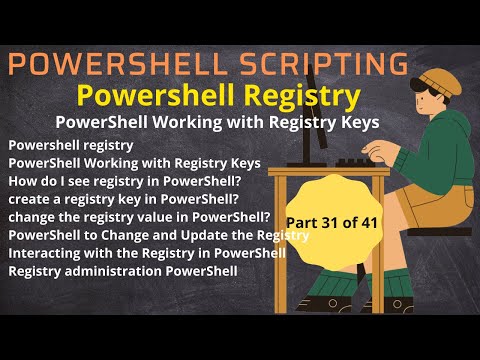
Found 29 images related to powershell get registry value theme

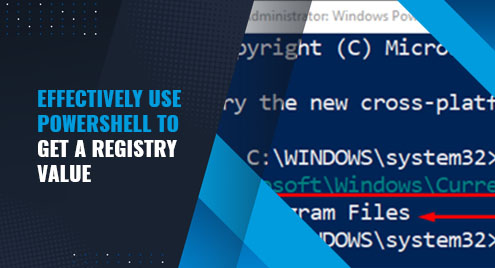

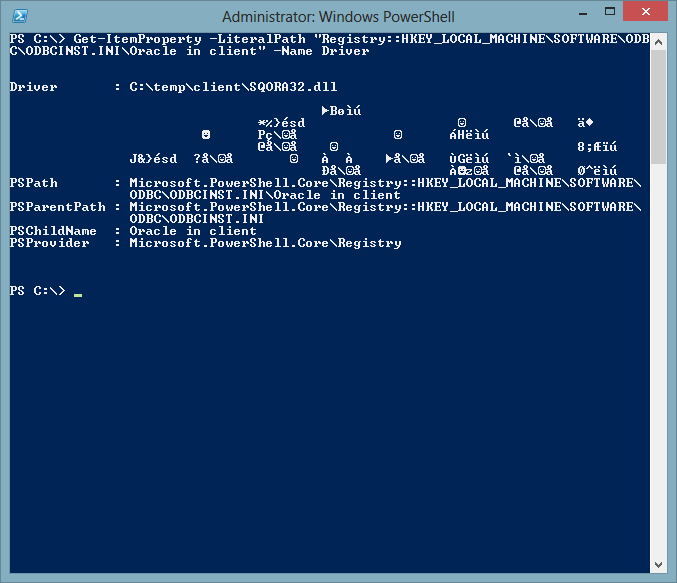
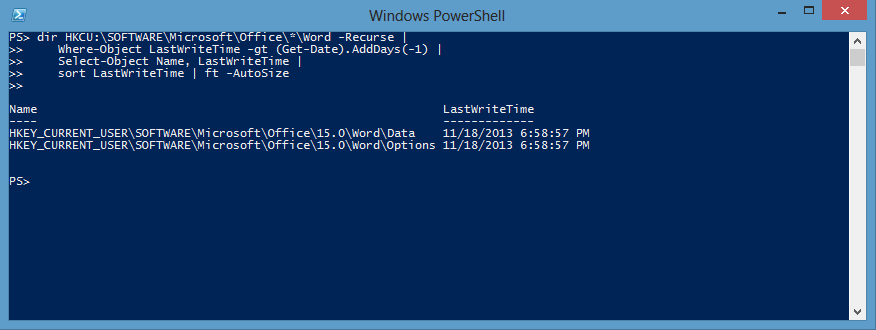
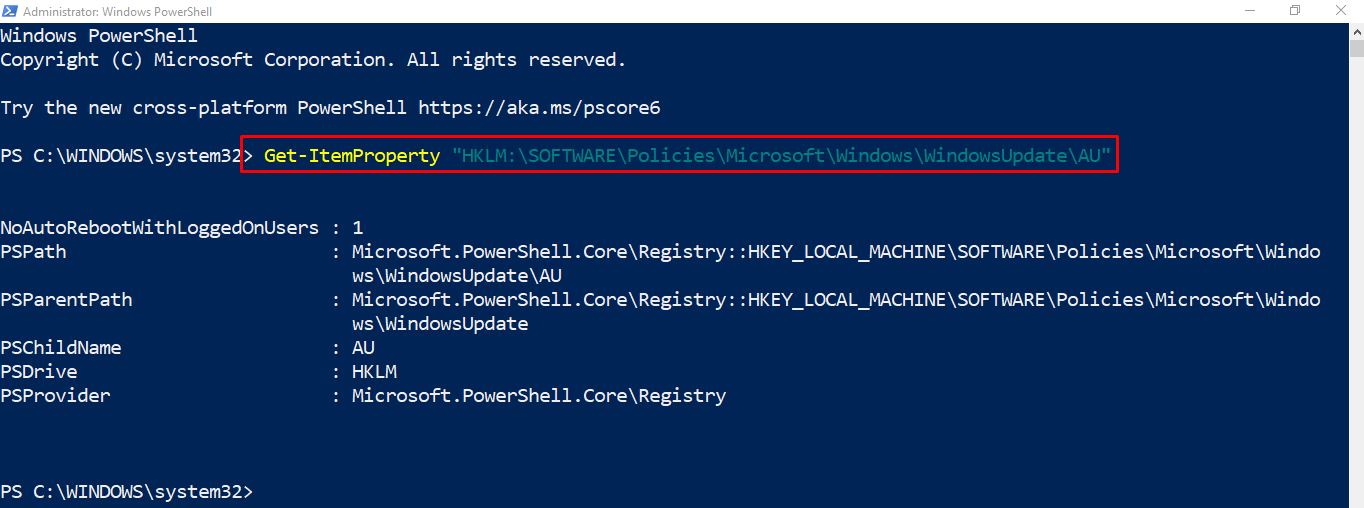



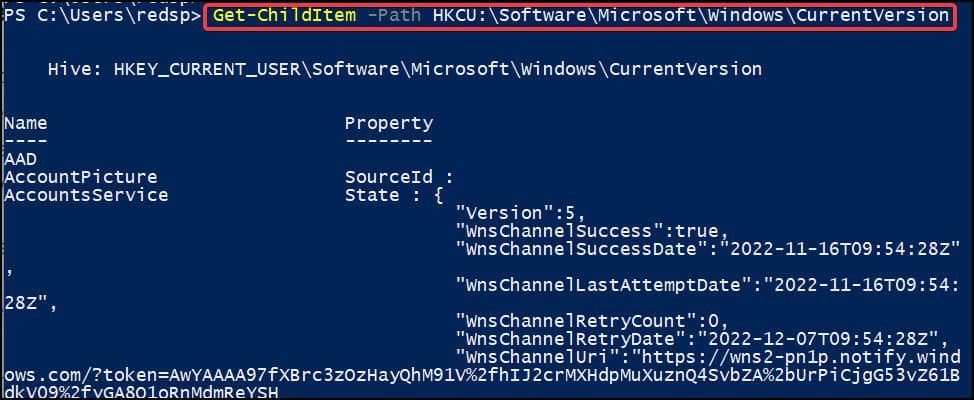
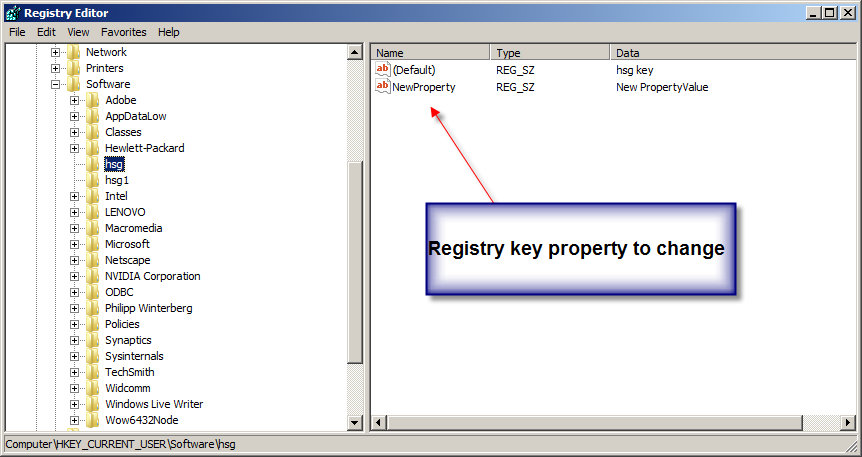





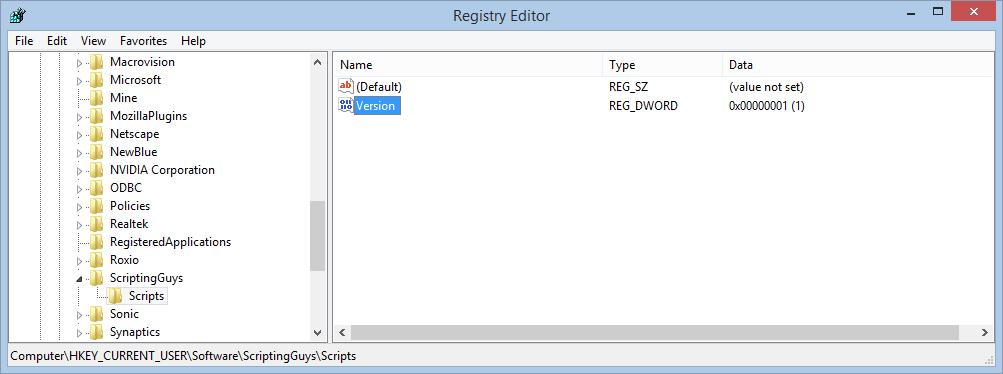

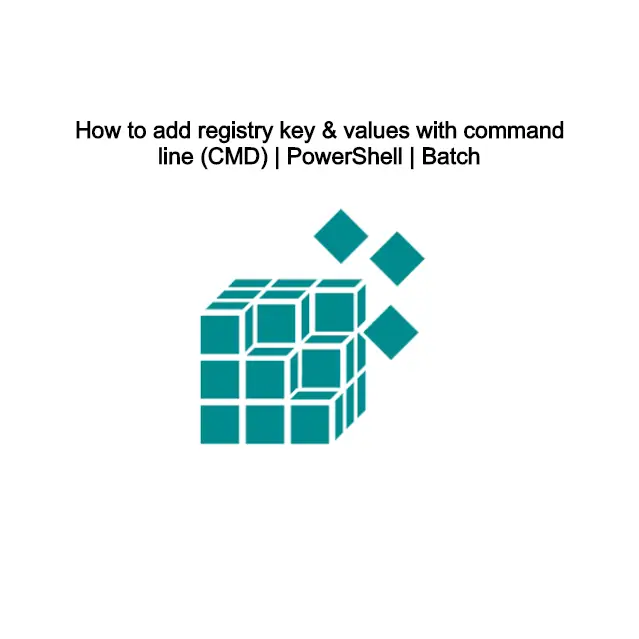

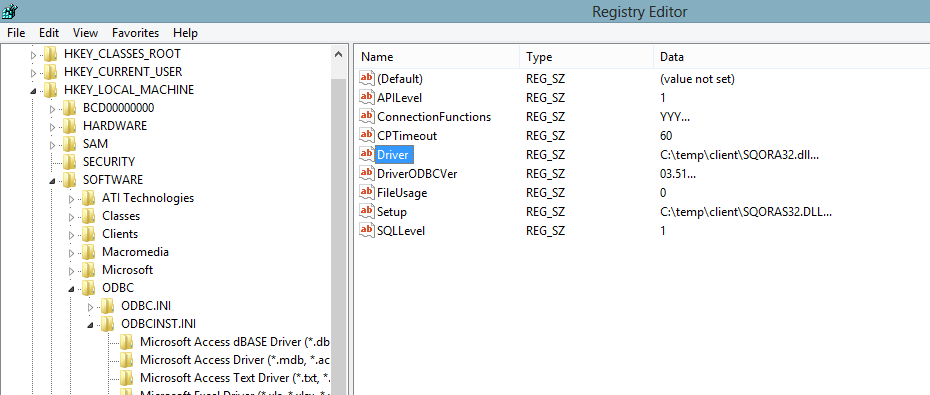



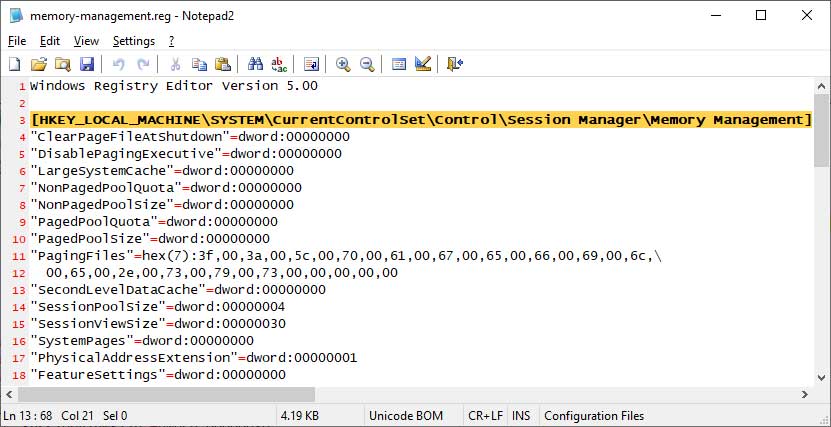


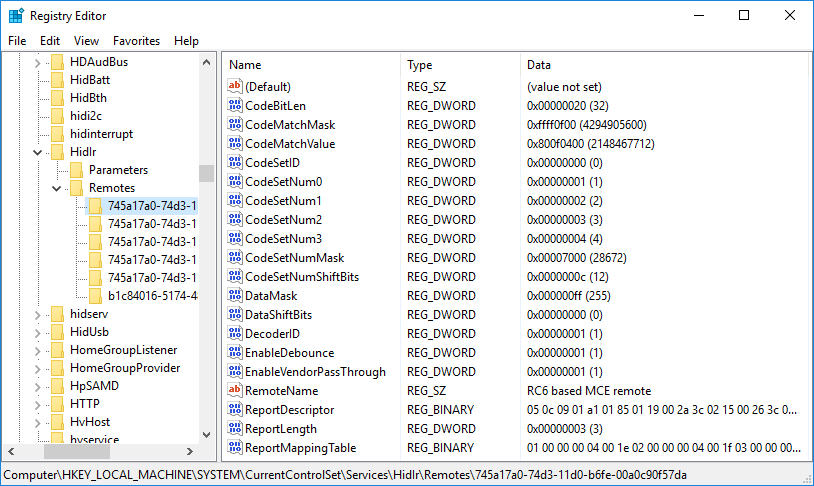
![SOLVED] Help with Iteration Through Registry to Grab Values - PowerShell Solved] Help With Iteration Through Registry To Grab Values - Powershell](https://content.spiceworksstatic.com/service.community/p/post_images/attached_image/b01043f2-22be-4aed-9285-28744143883e-TargetKey.png)

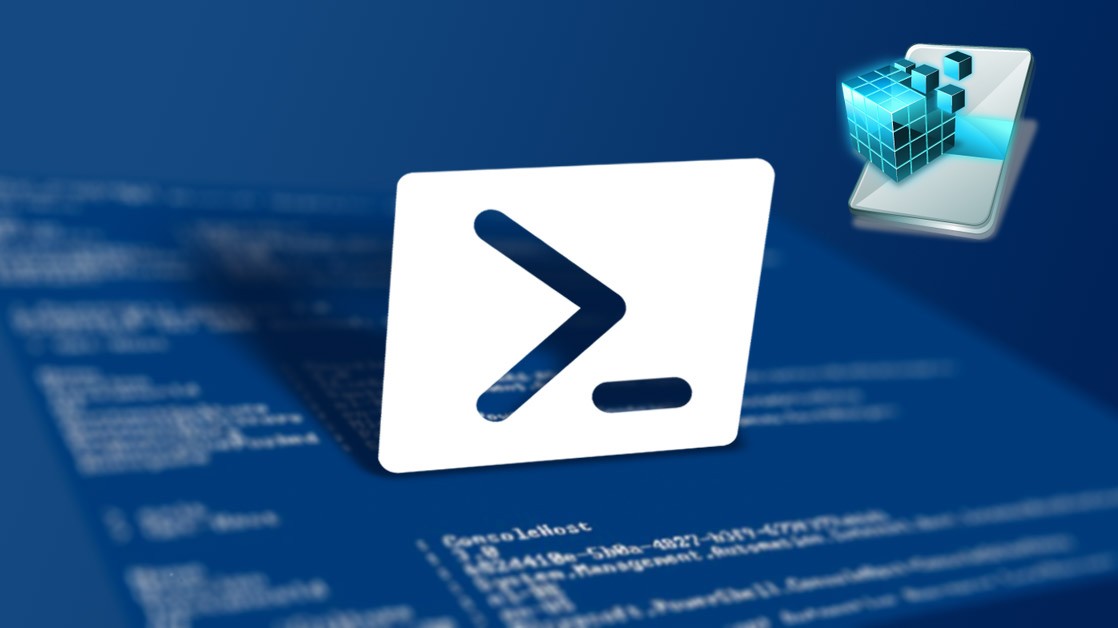
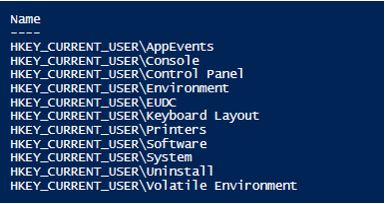
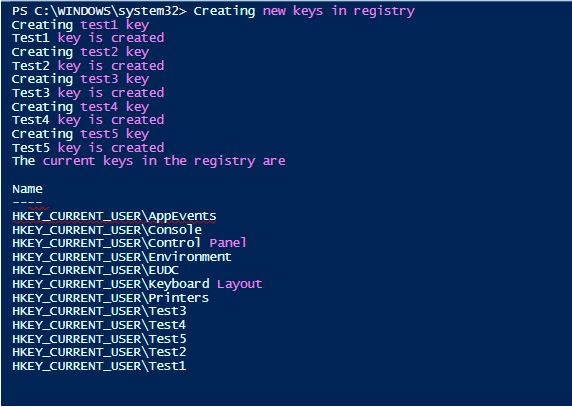

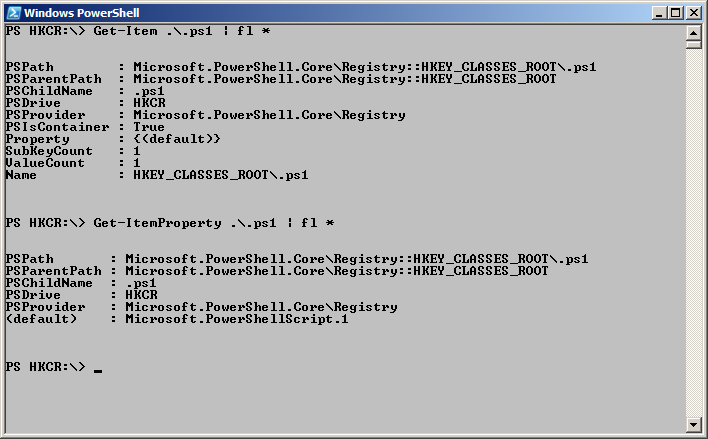

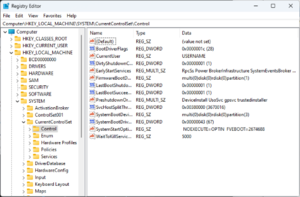
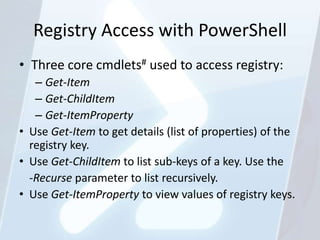


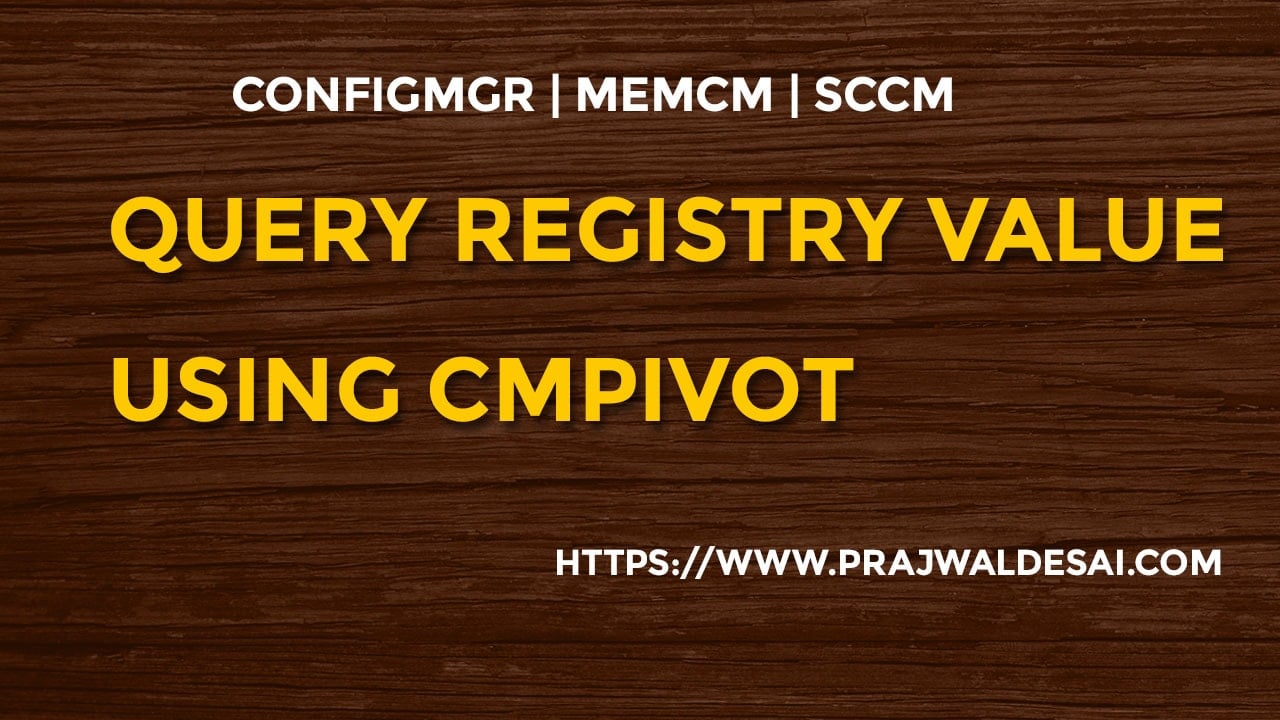





Article link: powershell get registry value.
Learn more about the topic powershell get registry value.
- How To Get Registry Value In PowerShell? – TechNewsToday
- Effectively Use PowerShell to Get a Registry Value
- Batch Script – Reading from the Registry – Tutorialspoint
- How to Edit the Registry from the Command Line – Computer Hope
- Understanding the Registry on Windows – Information Technology
- How do I get the value of a registry key and ONLY …
- How to Use PowerShell to Read Registry Value
- Get the Value of a Registry Key Using PowerShell
- Extracting Registry Value Using Powershell: Unleashing The …
See more: nhanvietluanvan.com/luat-hoc